Pickcel, a global digital signage content-management platform, has announced a strategic collaboration with Amazon Signage. The partnership brings together Pickcel’s cloud-based content management system (CMS) and Amazon’s purpose-built hardware, the Amazon Signage Stick, to enable businesses to launch professional digital signage quickly, across single screens or large networks spanning multiple locations.
The Amazon Signage Stick is a compact digital media player designed specifically for signage – offering quad-core processing, 4K video playback, Wi-Fi 6E connectivity, and security-first features such as secure boot loader and data encryption.
With the integration, a business can plug the Signage Stick into any display, pair it with Pickcel’s CMS via a code, and have dynamic content go live within minutes. The combination auto-launches Pickcel in kiosk mode for unattended, reliable operation – eliminating manual updates, USB-based workflows, or complex installations.
Pickcel’s CEO described the collaboration as a major step toward making “professional digital signage simple and scalable,” enabling customers to deploy and manage dynamic content much faster than before.
Also Read: Broadsign Acquires Place Exchange – A New Era for Programmatic Out-of-Home Advertising
What This Means for the B2B Marketing & Advertising Industry
The Pickcel–Amazon Signage collaboration goes beyond a simple hardware-software tie-up. It has far-reaching implications for marketers, agencies, and companies leveraging digital signage — especially in B2B contexts and enterprise environments.
Lower Barrier to Entry for Digital Signage
One of the biggest hurdles for businesses – especially mid-sized B2B firms, retailers, and enterprises — has been the complexity and cost of setting up digital signage: hardware investment, technical setup, content management, and maintenance. This collaboration significantly lowers those barriers.
With a plug-and-play Signage Stick plus a cloud CMS, even small marketing or operations teams can deploy dynamic signage with little technical overhead. This opens up digital signage for a broader set of businesses – not just large retail chains or chains with dedicated AV teams.
Scalable, Centralized Content Management for Distributed Enterprises
Many enterprises operate across multiple locations — retail stores, branch offices, showrooms, warehouses, etc. The Pickcel + Amazon Signage combo allows central teams to manage content remotely, update messaging across all screens, and monitor device health from a single dashboard.
For B2B companies with global or regional footprints, this means consistent brand messaging, faster campaign rollouts, and real-time control over displays — which becomes a powerful tool for product launches, announcements, internal communications, and more.
Faster Campaign Execution and Agility
With this setup, businesses can turn a plain screen into a dynamic signage board almost instantly. This agility allows marketers and operations teams to react quickly — roll out promotional content, compliance messages, real-time updates or offers — without waiting for long production or installation cycles.
In B2B scenarios (for example, trade shows, corporate offices, industrial setups, logistics hubs), this can drastically improve communications speed and responsiveness.
Wider Adoption Across Industries – from Retail to Corporate to Hospitality and More
Digital signage isn’t limited to retail. With this cost-effective, scalable solution, sectors such as hospitality, healthcare, education, manufacturing, logistics, corporate offices, and even industrial sites can adopt digital signage for internal communication, customer engagement, wayfinding, compliance messaging, training — essentially extending the reach of digital marketing and communications beyond conventional boundaries.
For advertising agencies and martech providers, this expands the addressable market: service packages, content creation, signage-oriented campaigns and analytics can now be pitched to a broader array of clients.
New Opportunities for Out-of-Home (OOH) and Place-Based Advertising
As more businesses deploy digital signage – in lobbies, retail touchpoints, waiting areas, transit zones – there’s an emerging opportunity for advertisers to use these screens for brand or product messaging, localized offers, or timed campaigns. For B2B marketers dealing with channel partners, distributors, or retail clients, digital signage backed by centralized CMS can offer a new medium to deliver consistent brand communication or programmatic retail promotions.
Strategic Considerations & Challenges
While the collaboration presents strong opportunities, there are some factors that organizations and marketing teams should consider carefully before jumping in:
- Content Strategy & Management: Deploying signage hardware is easy – but maintaining relevant, high-quality content across many screens requires planning, creative resources, and clear content governance. Without strong content strategy, displays risk becoming stale or ignored.
- Performance & ROI Measurement: Unlike digital campaigns, measuring impact from in-location signage can be challenging. Marketers will need frameworks to track performance — footfall, dwell time, conversions – to justify investments in signage networks.
- Security & Compliance: Although the Signage Stick is built with security features (secure boot, encryption), organizations — especially those in regulated industries — must ensure that content, data, and device management comply with privacy and corporate policies.
- Operational Overheads: For very large networks, managing hardware provisioning, screen maintenance, content scheduling, and updates still requires coordination — even if setup is simplified. Enterprises might need dedicated resources or a managed services approach for smooth operations.
Broader Implications for Business, Martech & Advertising
- Democratization of Digital Signage: As plug-and-play signage becomes mainstream and affordable, expect a boom in digital signage adoption — much as cloud hosting democratized web infrastructure. Small and mid-sized firms will now be able to leverage signage for marketing, communications, and customer engagement.
- Expansion of the “Digital Touchpoints” Ecosystem: With more screens — in offices, retail spaces, public areas, and workplaces — there will be an expansion of digital touchpoints beyond websites, social media, and mobile apps. This adds a valuable medium for both B2C and B2B marketers.
- Hybrid Marketing & Communications Strategies: Enterprises may begin blending digital signage with traditional digital channels — e.g., cross-channel promos where online campaigns and in-store or in-office signage reinforce each other, improving consistency and reach.
- New Demand for Content-as-a-Service & Signage-Focused Creative: As demand grows, there will be opportunities for agencies to offer content creation, scheduling services, and signage-optimized creatives. This may become a growing sub-segment in martech and advertising services.
- Competitive Pressure on Traditional Signage Vendors: Traditional print-and-static signage vendors may face pressure as digital signage becomes more accessible and cost-effective — possibly accelerating the shift from static to dynamic signage in many industries.
Conclusion
The partnership between Pickcel and Amazon Signage goes beyond a simple product launch. It shows a change in how businesses view digital signage. This partnership combines simple hardware with a powerful cloud-based CMS. It helps remove obstacles to using digital signage. These barriers include cost, complexity, scalability, and maintenance.
B2B marketers, agencies, and companies can use this for dynamic, centralized visual communication. They can apply it across offices, retail spaces, corporate campuses, and public venues. This expands marketing and communications beyond traditional digital channels.
As more companies use these solutions, digital signage could be vital for marketing and communication strategies. It offers a fresh way to engage, brand, and enhance the buyer or employee experience. The future of out-of-home (OOH) marketing, internal communications, retail marketing, and martech is bright and full of new ideas. It’s also more dynamic.
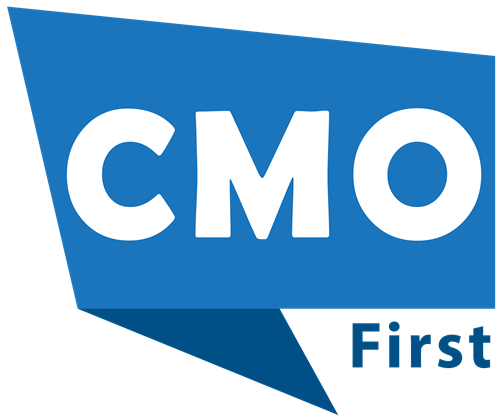







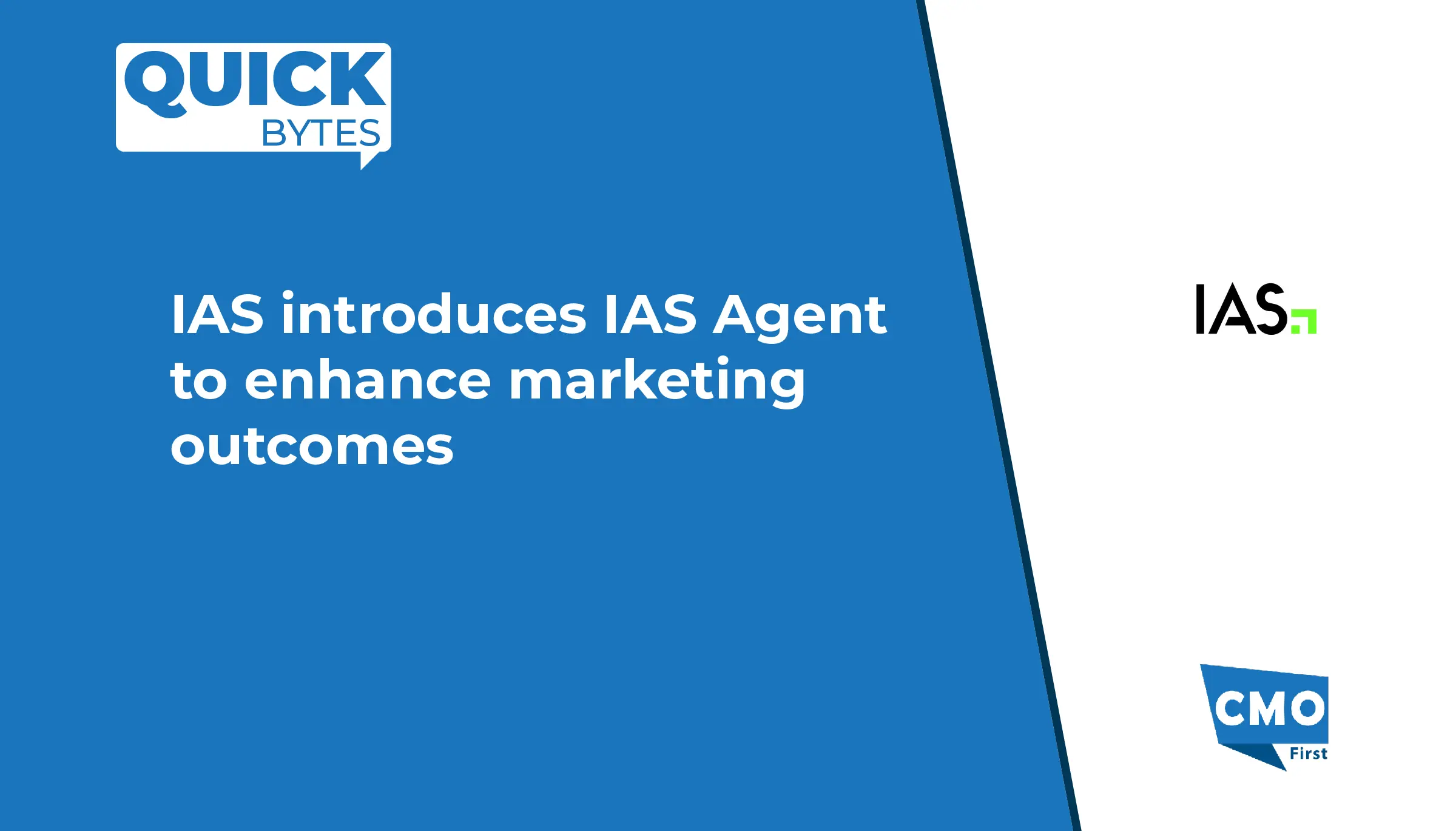
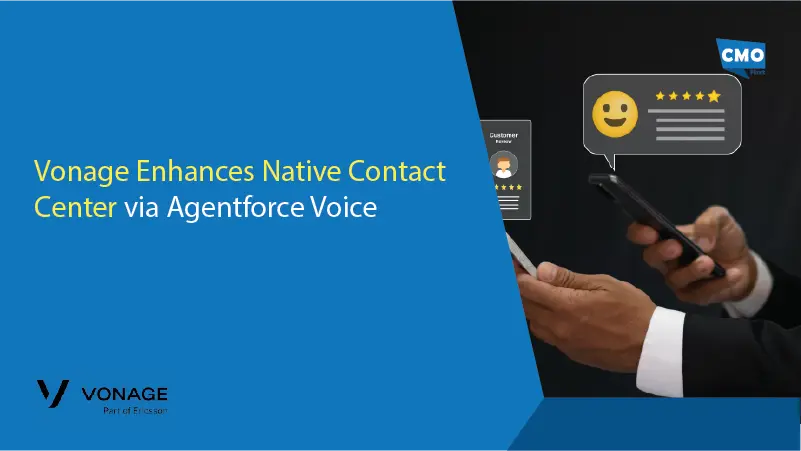
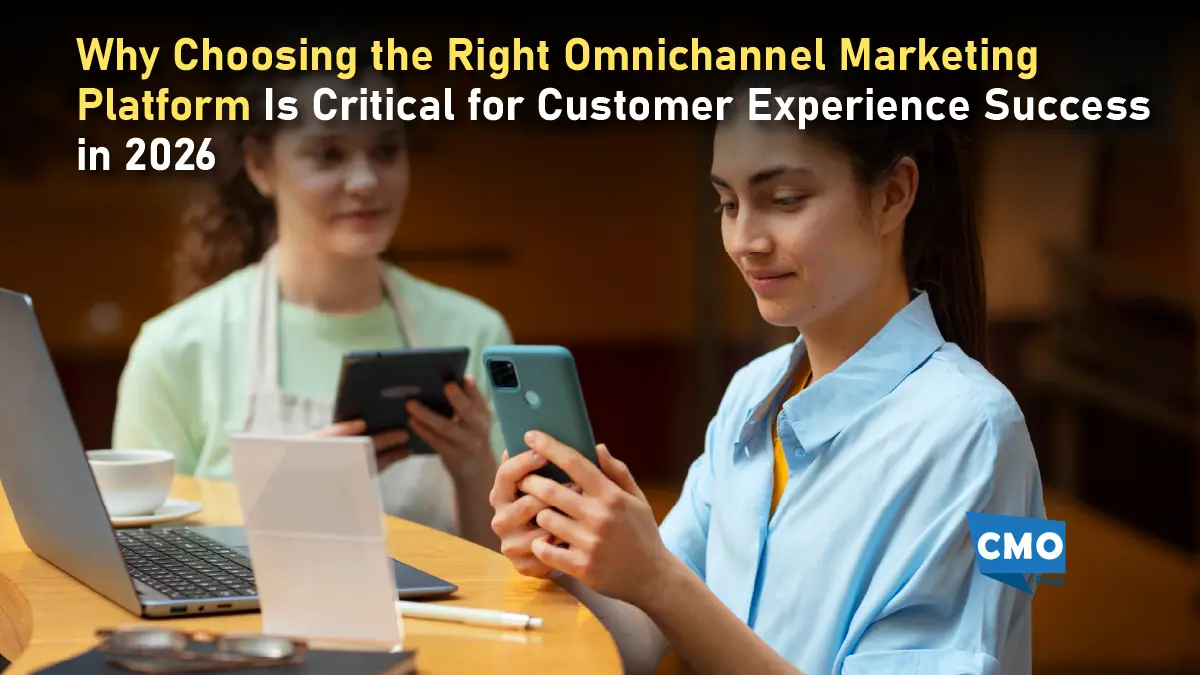

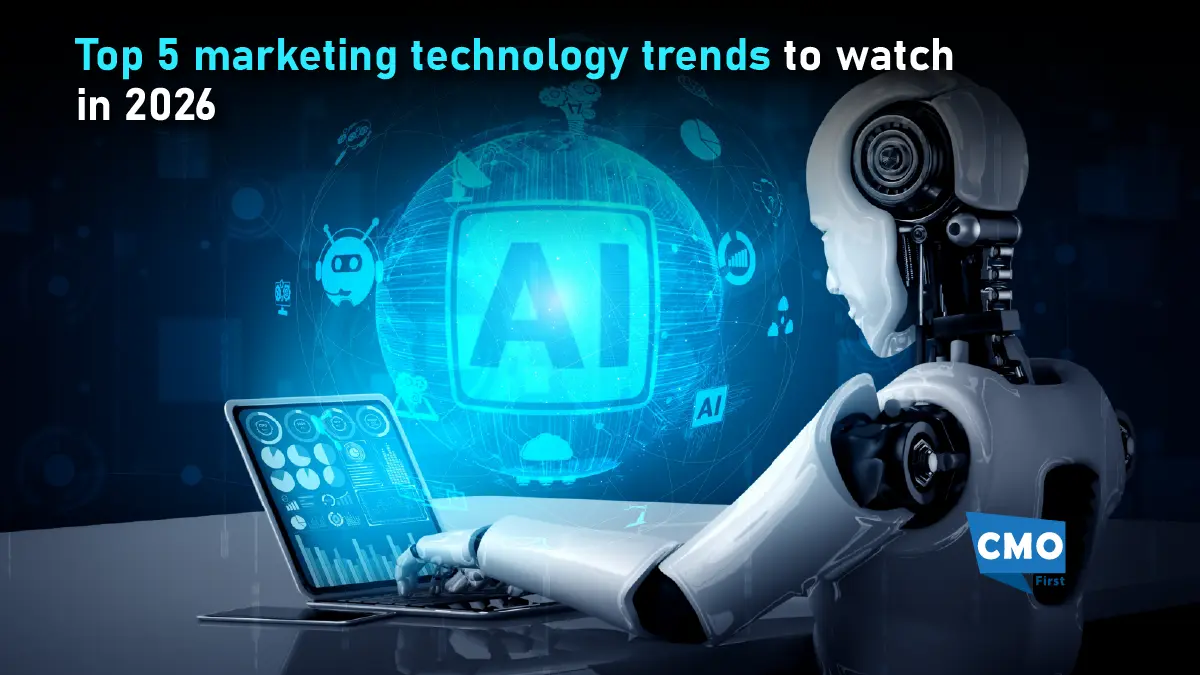
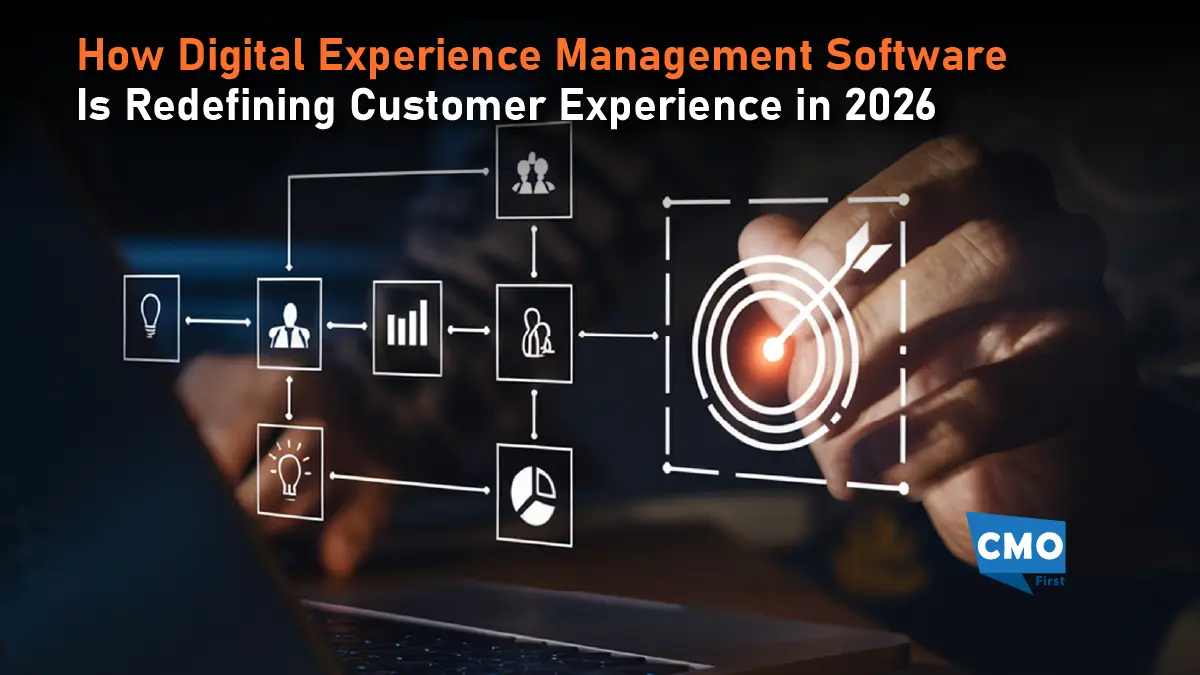
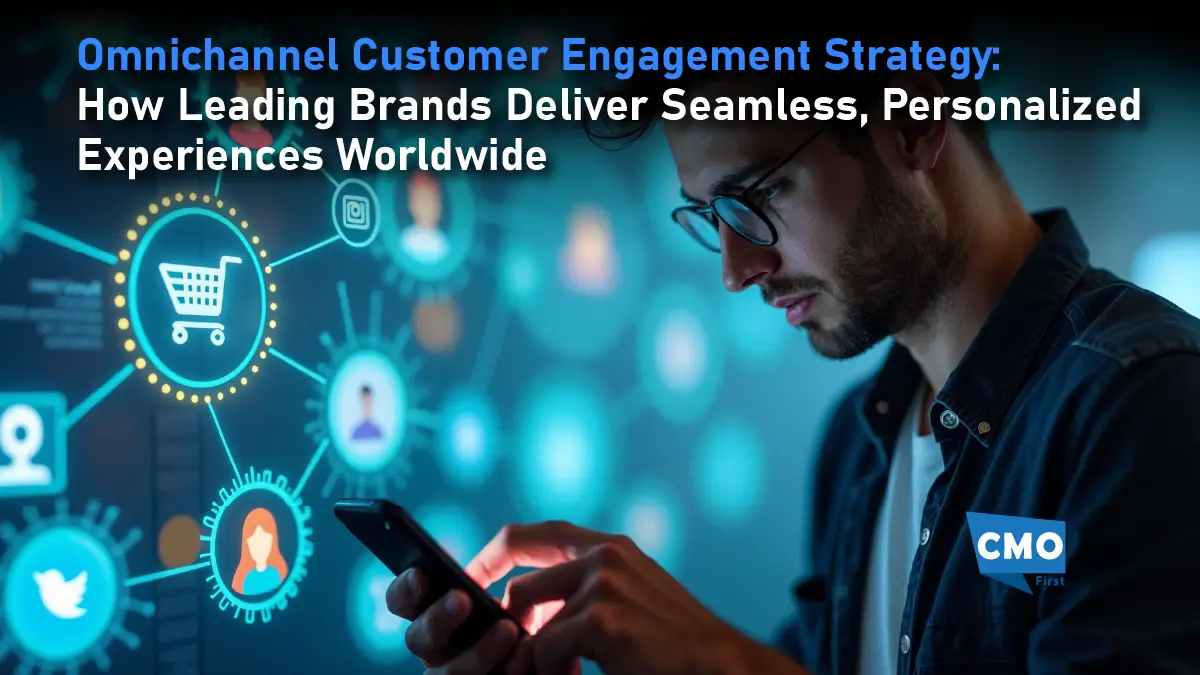
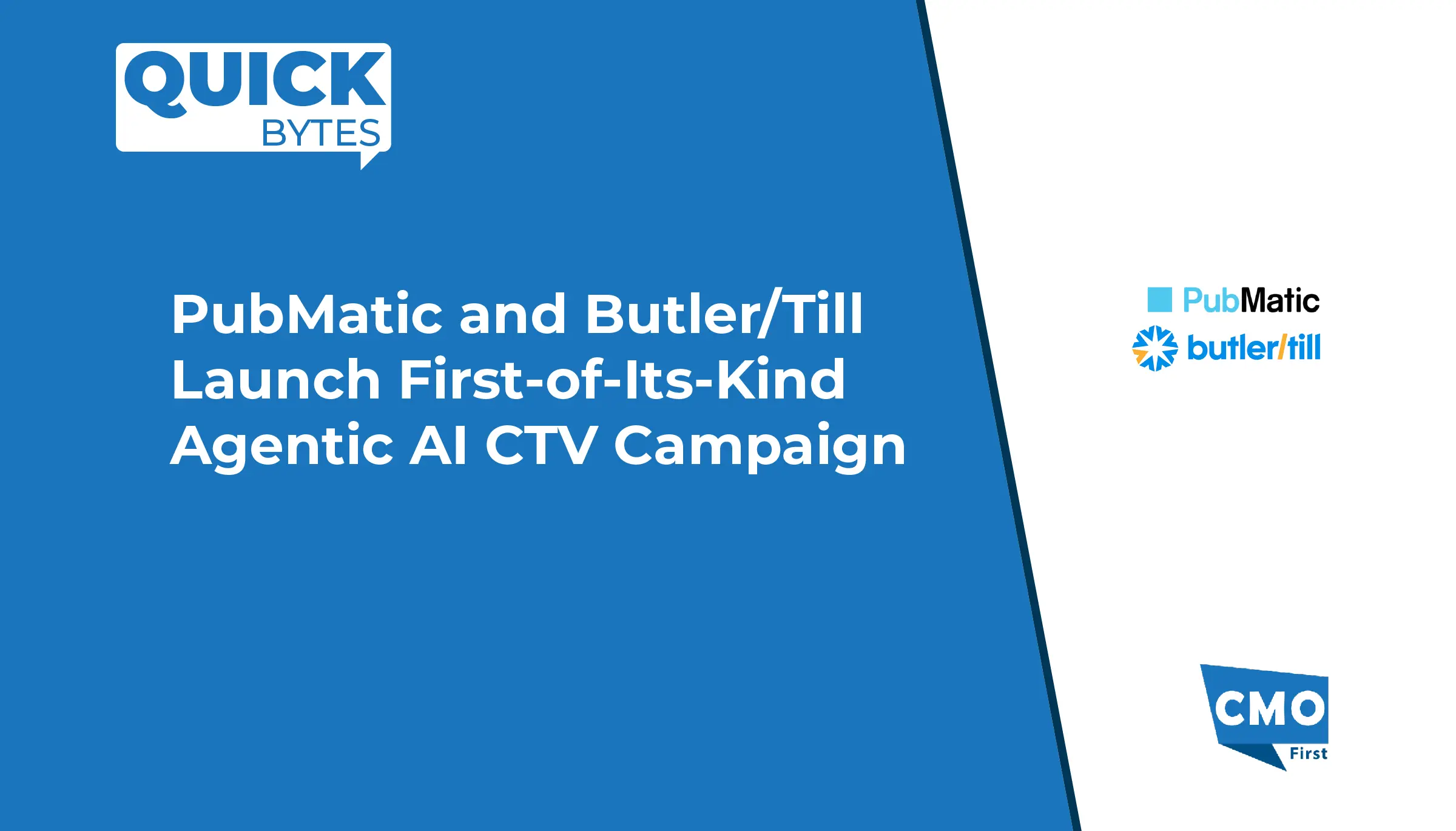





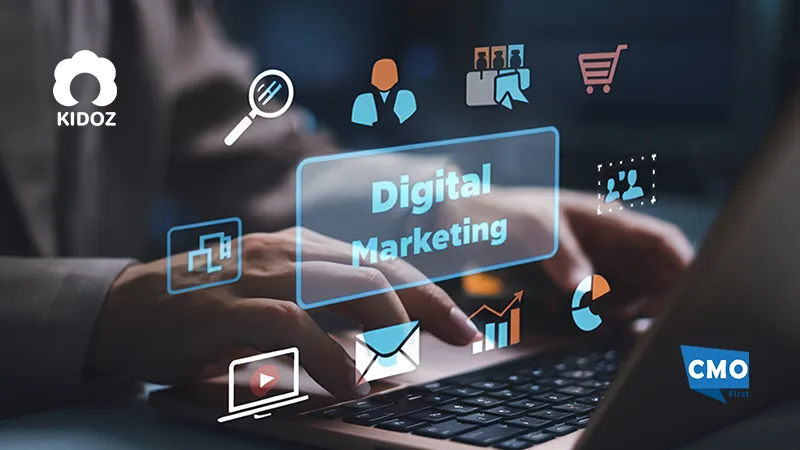
Leave a Reply